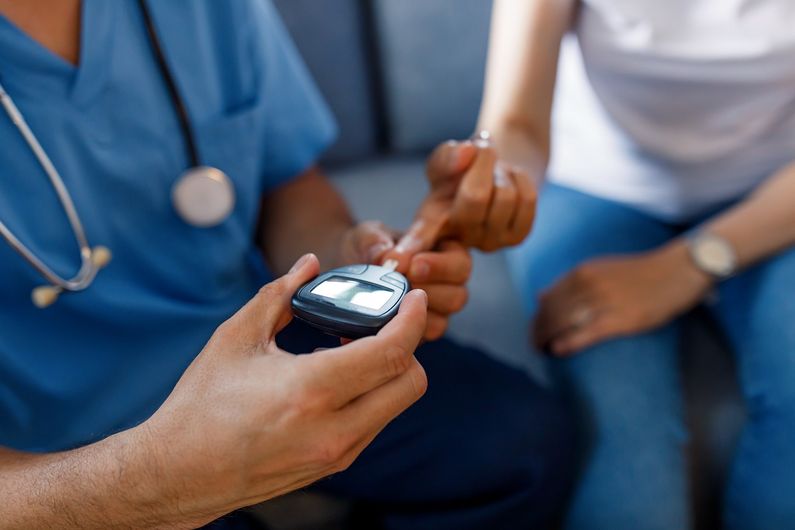Biomarkers for the Progression of Type 2 Diabetes Identified
- Salle de presse
05/30/2023
- UdeMNouvelles
Researcher Guy Rutter and his colleagues in Europe, Canada and the United States have discovered molecules in samples taken from 3,000 diabetic patients that could help personalize treatments.
This research was carried out as part of the European RHAPSODY project (Risk Assessment and Progression of Diabetes). Funded by the Innovative Medicines Initiative, RHAPSODY is a collaborative project involving more than 100 scientists representing 20 academic institutions, 5 pharmaceutical companies and 2 small and medium enterprises.
The team of Guy Rutter, a researcher at the CHUM Research Centre (CRCHUM) and at Imperial College London as well as a professor at Université de Montréal, collaborated with the teams of Ewan R. Pearson (University of Dundee) and Leen M ’t Hart (Leiden University Medical Center). M’t Hart’s team includes Roderick C. Slieker, the study’s first author.
Published in the journal Nature Communications, their study shed light on new molecules that could help clinical teams predict and monitor the deterioration of glucose metabolisms.
"In our study, we chose to systematically assay biomarkers for diabetes progression. They belong to three very different molecular classes: small charged molecules (metabolites), lipids and proteins," explained Rutter.
A Major Technical Challenge
Guy Rutter, researcher at the Centre de recherche du CHUM (CRCHUM), Imperial College London and professor in the Department of Medicine at the Université de MontréalThanks to sophisticated molecular tests carried out on blood samples from 3,000 individuals from three cohorts in Europe and one in the U.S., the scientists were able to discover that some 20 molecules—9 lipids, 3 metabolites and 11 proteins—were associated with rapid disease progression.
Among the 1,300 proteins tested, the protein NogoR stood out from the rest.
To consolidate these findings, Rutter and his team tested the impact of an increase in NogoR blood levels on the metabolism of genetically modified mice.
"By injecting mice fed a high fat/high sugar diet, we improved their glucose tolerance. On db/db mice, a type 2 diabetes mouse model, we worsened their insulin sensitivity, i.e., their ability to regulate blood sugar levels," explained Rutter.
"By shedding light on the signaling pathways and mechanisms involved, we might be able to inhibit this protein that kills the pancreatic cells responsible for insulin secretion, thereby slowing the progression of diabetes."
The CRCHUM researcher and his team are already working on it.
Risk and progression: the same battle
"In our study, we were also surprised to see that the biomarkers for diabetes progression that we identified are the same as those related to diabetes risk. This suggests that the same biological process is operating in both cases,” said Rutter.
Sometime in the near future, the researcher would like clinical teams to be able to quickly and inexpensively assay these new biomarkers using a single drop of blood in order to better predict the progression of the disease.
To do so, they’ll have to wait for a few technological developments.
Today, type 2 diabetes affects over 400 million people worldwide. This figure will increase to over 700 million by 2045.
About the study
The article "Identification of biomarkers for glycaemic deterioration in type 2 diabetes" by Roderick C. Slieker, Louise A. Donelly, Elina Akalestou and their colleagues was published on May 3, 2023 in the journal Nature Communications.
The study received funding mainly from The Innovative Medicines Initiative 2 Joint Undertaking, the Wellcome Trust, Diabetes UK, the Canada Foundation for Innovation and the Canadian Institutes of Health Research.













